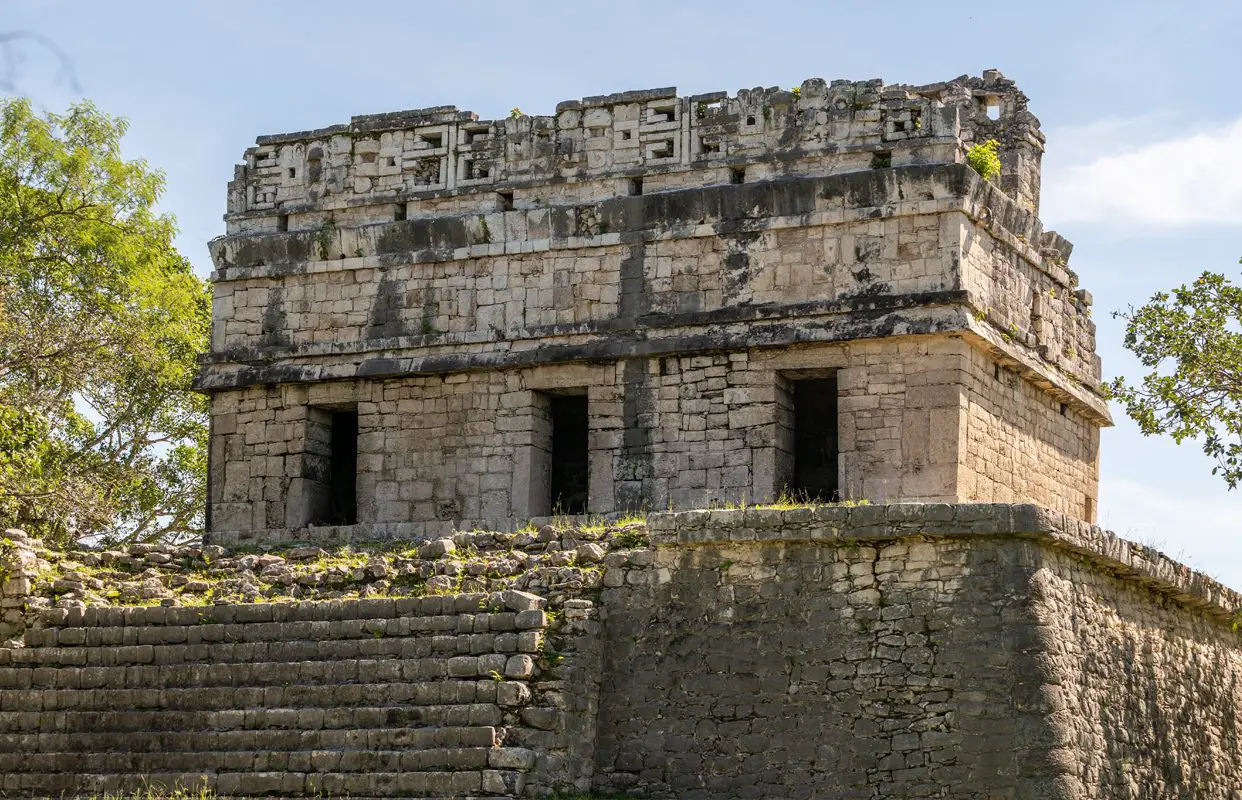Archaeologists have found the sculpted head of a serpent warrior at Chichén Itzá during excavations of the Chichanchob.
Chichén Itzá was a Maya city that gained regional prominence in Mexico’s Yucatan during the Late Classic and early Terminal Classic periods. At its zenith, the city spanned an area of approximately 4 square miles and was home to up to 35,000 inhabitants.
Chichen Itza means “At the mouth of the well of the Itza”, possibly in reference to the cenotes that made the location attractive for settlement. The city structures are organised into various architectural groupings, each originally demarcated by low walls.
The three most renowned complexes are the Great North Platform, encompassing landmarks such as the Temple of Kukulcán (El Castillo), Temple of Warriors, and the Great Ball Court; the Osario Group, featuring the pyramid of the same name, and the Central Group.

Excavations were conducted by the National Institute of Anthropology and History (INAH) to remove construction filling at the Chichanchob, also known as the Casa Colorada Complex. The Chichanchob is a rectangular-shaped platform/temple built in the Puuc style near the El Caracol (ancient observatory).
Within the interior of the temple is a chamber containing carved hieroglyphs that describe a chronology of rulers of Chichen Itza and possibly of the nearby city of Ek Balam, and contain a Maya date inscribed which correlates to AD 869.
In a press statement by Diego Prieto Hernández from INAH, archaeologists have uncovered the sculpted head of Maya warrior during their excavations of the Chichanchob. The head is clad in a serpent helmet with a feather headdress, which despite being fractured stands at around 33 cm’s tall.
According to the researchers, the sculptural parameters suggest that the head was carved during the Late Classic period, which measures 33 centimetres in height by 28 centimetres in width.
Header Image Credit : INAH

